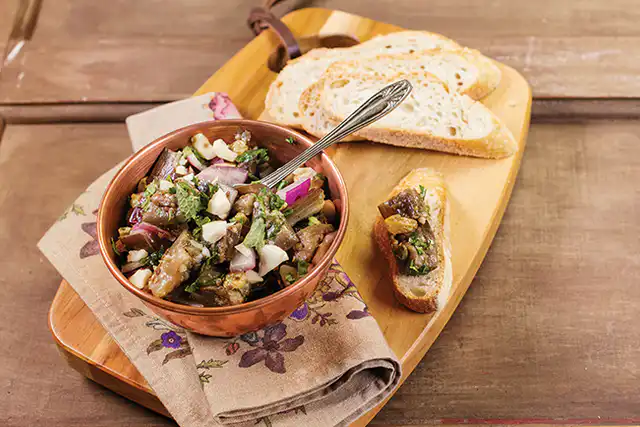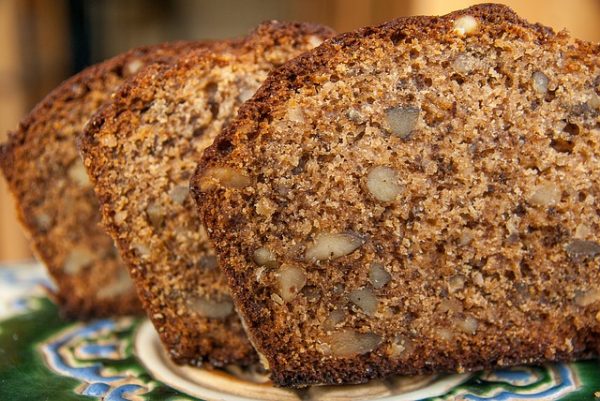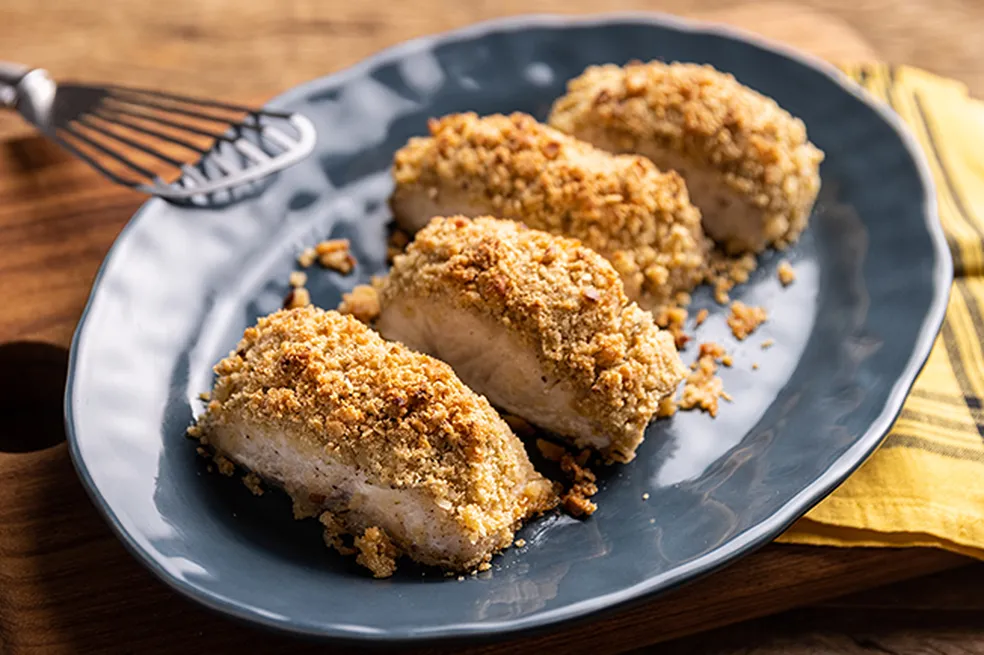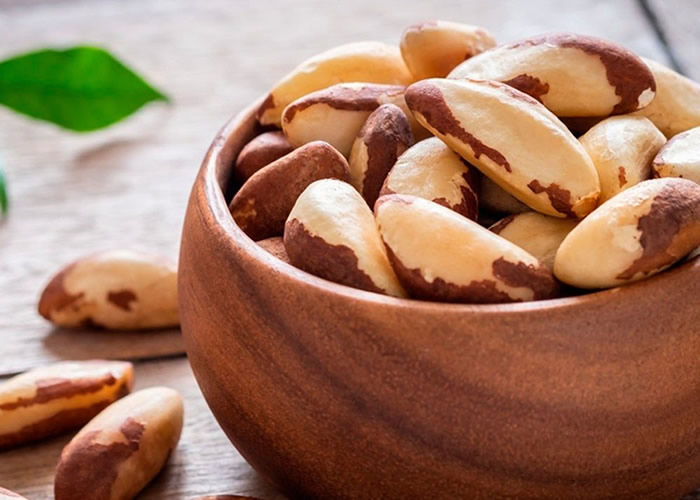In Brazil, Brazil nuts are commonly called “castanha-do-pará,” named after the state of Pará, one of the major producers of these delightful treats. They are also known as “castanha da Amazônia,” and by indigenous names such as “tocari” or “tururi,” or simply as “castanha.”
Ever since Europeans first set foot in South America, the Brazil nut tree, part of the Lecythidaceae family and native to the Amazon rainforest, has captured the imagination of travelers, missionaries, and naturalists alike.
Renowned for their rich, buttery flavor, Brazil nuts are a staple in both everyday cooking and gourmet desserts. Beyond the kitchen, the beauty industry also prizes these nuts, extracting their oil to create luxurious shampoos, conditioners, and soaps. Plus, these nuts are little powerhouses of nutrition—research suggests they contain substances that can slow aging and even help prevent certain diseases.
So, next time you snack on a Brazil nut, remember you’re enjoying a little piece of the Amazon’s bounty, cherished for centuries and packed with benefits.
What are Brazil Nuts?

The fruit of the Brazil nut tree is a woody capsule called a husk. Inside it are between 10 and 25 almonds, which are used for human consumption. They boast a significant protein content—17% when dehydrated. The fat content of the dehydrated almond is extremely high, around 67%.
Brazil nuts are the richest food source of selenium: on average, one nut provides 200 to 400 micrograms—much more than the 55 micrograms recommended daily for adults.
Recently, a study by researchers from the University of São Paulo (USP) demonstrated that consuming one Brazil nut helped replenish selenium deficiency in elderly individuals with mild cognitive impairment. This replenishment led to improvements in cognitive functions such as verbal fluency and constructive praxis, involving abilities like motor execution, attention, language comprehension, and numerical knowledge.
Selenium plays a crucial role in producing an enzyme called glutathione peroxidase, which possesses strong antioxidant properties. It combats the harmful effects of free radicals, molecules that cause damage and destruction of neurons. By eliminating free radicals, the risk of diseases caused by neuronal degeneration, such as Alzheimer’s and Parkinson’s, decreases.
Immune System Support: Selenium in Brazil nuts helps maintain the immune system, preserve bones and joints, and is crucial for thyroid function.
Anti-Aging Properties: The high dose of vitamin E found in Brazil nuts combats premature aging of the body, including the skin, by slowing down the formation of wrinkles.
Heart Health: Brazil nuts contain healthy fats like polyunsaturated and monounsaturated fats, which prevent the buildup of bad cholesterol in arteries and support heart health.
Zinc Content: Brazil nuts are rich in zinc, which supports immune function, hormone production, and has antioxidant and anti-inflammatory properties. Zinc also aids in wound healing, provides energy, improves cognition, and enhances mood.
Magnesium and Copper: Brazil nuts contain significant amounts of magnesium, which promotes bone health and boosts energy levels. Copper, another micronutrient present in the nut, supports memory, mental clarity, and cognitive function.
What is the nutritional value of Brazil nuts?

28g serving (about six nuts) contains approximately:
- 186 calories
- 4.1g protein
- 2.1g fibre
- 19g fat
- 420mg selenium
- 112mg magnesium
- 198mg potassium
- 48mg calcium
- 1.22mg zinc
- 7.2mg iron
Side Effects: Beware of Overconsumption
While Brazil nuts offer significant health benefits, it’s crucial not to overindulge. Regularly consuming excessive amounts of selenium can potentially disrupt cellular function. Consumption above 800 micrograms is considered excessive.
In such instances, symptoms such as headaches, nausea, vomiting, and, in severe cases, hair loss and weakened nails may occur. Recent studies have also linked excessive selenium intake to diabetes.
Furthermore, Brazil nuts are calorie-dense and can impact weight management when consumed in large quantities. It’s important to adhere to recommended portions, particularly for individuals allergic to nuts, which affects approximately 1% of the population.
Brazil nuts are technically edible seeds from the Brazil nut tree and can be enjoyed raw or blanched. Encased in a coconut-like shell, these nuts typically contain between 12-20 segments per shell.
Assuming no allergy exists, Brazil nuts contribute positively to a diverse and balanced diet. They provide various health benefits and serve as a rich source of nutrients, including unsaturated fats, vitamins, and minerals like selenium. Like all nuts, they are best enjoyed in moderation as part of a balanced diet.
Are Brazil nuts safe for everyone to eat?

Generally, Brazil nuts are a safe and beneficial addition to most diets. However, they belong to the group of six tree nuts that can trigger allergies in some individuals.
To meet your daily selenium needs, just one to three Brazil nuts suffice, as our bodies require this mineral in very small amounts. Excessive consumption, especially when combined with selenium supplements, can lead to an excess of selenium intake, potentially causing symptoms like selenosis, which may include hair loss and brittle nails in some people.
In most cases, consuming 350 micrograms of selenium or less per day is unlikely to cause issues. Nonetheless, it’s advisable to consult with your GP or a dietitian before making significant changes to your diet.
How to store Brazil nuts?

For maintaining the freshness and flavor of your Brazil nuts, proper storage is crucial. Keep shelled Brazil nuts in an airtight container in the refrigerator or freezer. Unshelled Brazil nuts can be stored at room temperature, but they should also be kept in an airtight container away from heat and moisture.
This helps prevent the healthy fats in the nuts from becoming rancid. When stored correctly, shelled Brazil nuts can remain fresh for months in the refrigerator and up to a year in the freezer.
Where Brazil Nuts are cultivated?
Brazil nuts are primarily cultivated in the Amazon rainforest regions of Brazil, Bolivia, and Peru. They are native to these areas and are harvested from wild trees rather than being cultivated on plantations. The Brazil nut tree (Bertholletia excelsa) thrives in the rich soils and humid climate of the Amazon basin, where it grows tall and produces its large fruit capsules containing the edible seeds (Brazil nuts).
Brazil nuts have become a valuable export product for South American countries and are now consumed all over the world. Primarily fueled by Brazilian exports, the European market was followed by the emergence of demand from the United States, where the Brazil nut became popularized in the early 19th century.

The English, who had already taken the rubber tree from the Amazon to Malaysia to cultivate it, thereby breaking the Brazilian rubber economy, attempted to do something similar with the Brazil nut. Seeds were sent to Jamaica, then to Trinidad, and subsequently to the English botanical garden, from where they were transported to Asia.
Planting attempts were made in Sri Lanka, Malaysia, and even Australia, but it did not yield commercially viable results. This genus exists only in the Amazon and needs to be in proximity to the forest to facilitate pollination. In other words, it depended on a specific ecosystem.
Best recipes to enjoy Brazil Nuts
Brazil nuts are incredibly versatile and can be enjoyed in many ways. Here are some of the best ways to add them to your diet:
Brazil Nut Energy Bites

Ingredients:
- 1 cup of Brazil nuts
- 1 cup of pitted Medjool dates
- 1/4 cup of unsweetened cocoa powder
- 1/2 teaspoon of vanilla extract
- A pinch of salt
Instructions:
- Place the Brazil nuts into a food processor and pulse until finely chopped.
- Add the dates, cocoa powder, vanilla extract, and a pinch of salt. Pulse until the ingredients combine into a dough-like consistency.
- If the mixture seems dry, add a few more dates. If it’s too wet or sticky, add a few more Brazil nuts.
- Once satisfied with the consistency, use your hands to roll the mixture into small balls, approximately the size of a walnut.
- Refrigerate the energy bites for at least an hour to firm up before serving. Store in an airtight container in the refrigerator for up to a week.
Eggplant Salad with Brazil Nuts, Raisins, and Mint

Ingredients:
- 2 eggplants
- 1 red onion
- 1/3 cup roughly chopped Brazil nuts
- 1/3 cup white raisins
- 3 sprigs of mint
- 3 sprigs of parsley
- 3 tablespoons olive oil
- 2 tablespoons vinegar
- salt and freshly ground black pepper to taste
Instructions:
- Bring a pot of water to medium heat. Meanwhile, prepare the other ingredients.
- Wash the eggplants, discard the ends, and cut them in half lengthwise. Cut each half into 4 strips, then dice the strips into 3 cm pieces. Peel and dice the onion into medium cubes.
- Once the water boils, add 1/2 tablespoon of salt. Add the eggplant and cook for 5 minutes, until slightly tender, stirring occasionally to cook evenly – the eggplant will change color and darken.
- Transfer the eggplant to a sieve and gently press with the back of a spoon to drain well. In a bowl, combine the eggplant, onion, and raisins. Season with olive oil, vinegar, salt, and black pepper – the warm eggplant absorbs the flavors better. Let cool in the refrigerator for at least 30 minutes.
- Wash, dry, and finely chop the mint and parsley leaves. Once the salad is cold, mix in the herbs and chopped Brazil nuts. Serve immediately.
Gluten-Free Rice Flour Cake with Brazil Nuts

Ingredients:
- 3 cups rice flour
- 1 1/2 cups demerara sugar
- 1/2 cup coconut oil
- 1/2 cup chopped Brazil nuts
- 1/2 cup chopped walnuts
- 1 cup chopped dried apricots
- 1 cup raisins
- 3 eggs
- 1 tablespoon baking powder
Instructions:
- In a blender, combine the sugar, eggs, and coconut oil. Blend until smooth and homogeneous.
- In a bowl, pour the rice flour, add the blended mixture from the blender, and mix well until fully incorporated.
- Add the raisins, walnuts, Brazil nuts, and dried apricots. Stir well.
- Finally, add the baking powder and mix gently.
- Pour the mixture into a greased round cake pan or silicone mold with a hole in the center.
- Bake in a preheated oven at 350°F (180°C) for about 30 minutes or until golden brown.
- Allow to cool before serving.
Brazil Nut Crusted Sea Bass

Ingredients:
- 4 sea bass fillets, with skin on
- 1/2 cup tapioca flour (biju type)
- 1/4 cup Brazil nuts
- 50 grams cold butter, diced
- Zest of 1 lemon
- Olive oil, as needed
- Salt, to taste
- Freshly ground black pepper, to taste
Instructions:
- Preheat the oven to 200 degrees Celsius (390 degrees Fahrenheit) and grease a medium baking dish with 2 teaspoons of olive oil.
- Coarsely chop the Brazil nuts.
- In a bowl, mix the Brazil nuts with the tapioca flour. Add the lemon zest and season with a pinch of salt and pepper to taste. Add the butter and, using your fingertips, mix until it forms a moist crumble.
- Season the sea bass fillets with salt and pepper to taste. Place the fillets skin side down in the baking dish and drizzle each with a little olive oil. Divide the crumb mixture into four portions and spread evenly over each fillet, pressing gently to adhere.
- Bake in the preheated oven for about 20 minutes, or until the crust is golden brown – the fish should be cooked through but still moist in the center.
- Remove from the oven and serve immediately.




